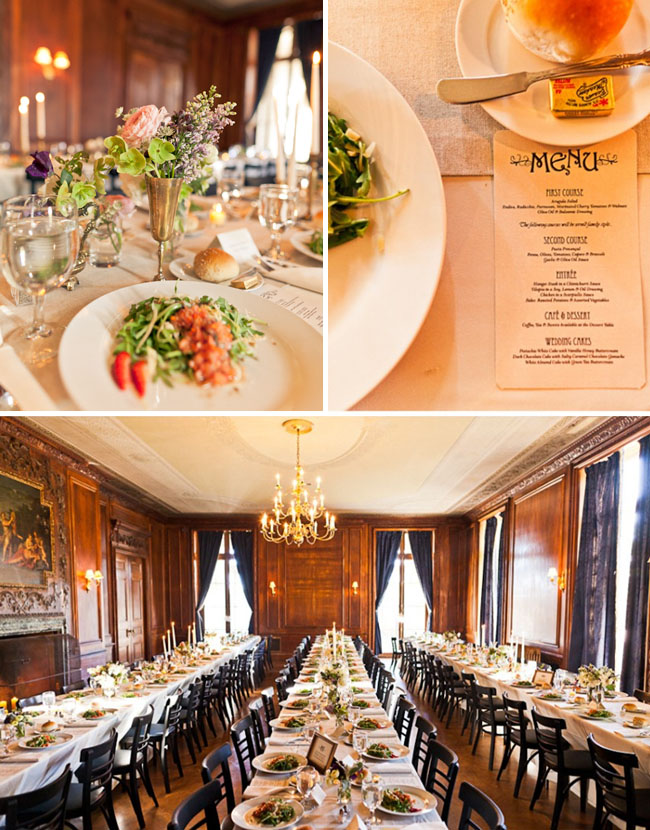

After the earthquake of 1511, it was built as a replacement of the thirteenth-century residence of the Venetian Luogotenente of the Patria del Friuli. The Castello di Udine stands atop an acropolis overlooking the city. After passing through several hands and partial restorations, the castle was reacquired by descendants of the Caporiacco family, its original owners, in 1999, and today-carefully restored and updated-it serves not only as a captivating venue for wedding celebrations, but also as a site for concerts, meetings, and cultural events. During the First World War it served as an Austro -Hungarian command post after the defeat of the Italian army in the Battle of Caporetto. The Della Torre heirs sold off the castle, with crumbling walls and fallen ceilings, in 1905.

The site of a Della Torre fratricide in 1699, the castle was abandoned after the execution of Lucio Della Torre in 1723 for the murder of his Venetian wife and became something of a haunted house, with rumors of subterranean escape passages and Lucio’s ghost prowling the walls at night. Home of the Della Torre family since the fifteenth century, the medieval castle was badly damaged by an earthquake and a peasant uprising in 1511 but was soon rebuilt and expanded with a Renaissance wing. The Castello di Villalta is situated atop a mound in the countryside overlooking vineyards and fields of grain with views south all the way to the Adriatic on a clear day. The difficulty of making such improvements was compounded by the necessity to accommodate them within rigid stone walls, that themselves required repointing and repair. Lacking heating and air conditioning, all had to augment fireplaces and braziers with modern HVAC systems for heating, ventilation, and cooling. Lacking modern plumbing, all had to be retrofitted with a supply of running water, sewers, and new bathrooms. Lacking electricity, all such complexes had to be wired (not just rewired) with up-to-code modern installations, not to mention internet connections. Despite fires, earthquakes, and simple neglect, many remain standing thanks to the creativity of owners, architects, and municipalities in finding ways to restore and preserve these evocative palimpsests of the past.

And yet, built of stone, they are costly to demolish and-more importantly-of great historical interest. What does one do with a castle? The Venetian Terraferma (and, indeed, all of Europe) is dotted with medieval castles that have long outlived the purposes for which they were intended.


 0 kommentar(er)
0 kommentar(er)
